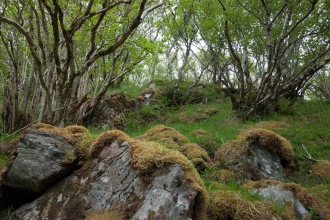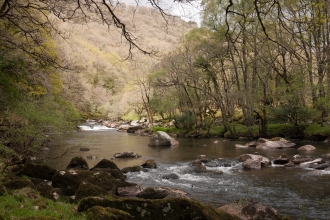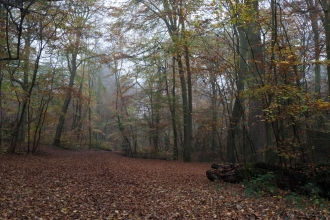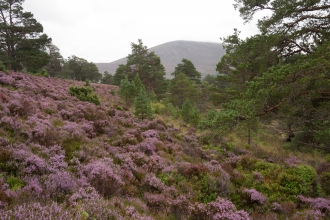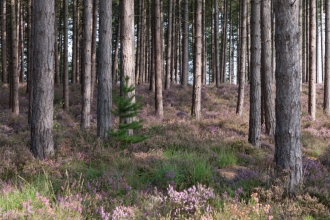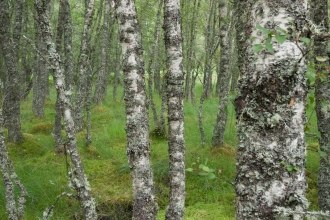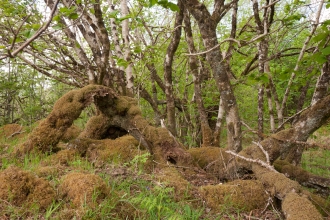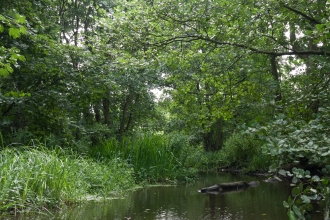
Temperate rainforest © Ben Porter

Temperate rainforest © Peter Cairns/2020VISION

Pied flycatcher ©Richard Steel/2020VISION
Temperate rainforest
What is it?
Most people are familiar with tropical rainforests, but rainforests can also grow in cooler climates - these are known as temperate rainforests. This is a globally rare habitat, found in the British Isles as well as a few other countries including Japan, New Zealand, Canada, and Chile. The temperate rainforest of the British Isles is also known as Atlantic woodland or Celtic rainforest.
Temperate rainforests are wet, wonderful places full of life. The trees that grow there include sessile oak, birch, rowan, holly, alder, willow, and hazel. They often have open glades, or rivers cutting through rocky gorges. What really makes a temperate rainforest special is the rich tapestry of life that grows on and around the trees. Ferns, mosses, liverworts, and lichens seem to cover every surface, from the ground to boulders, crags, and even the trunks and branches themselves.
Temperate rainforests are also excellent stores of carbon, from their rich soils, to the trees and plants growing within them, which lock it up as they grow. With benefits for wildlife and carbon, it's imperative this special habitat is protected and restored to help us tackle the nature and climate crises.
Why is it like this?
Our temperate rainforests grow in areas strongly influenced by the sea. The oceanic climate produces high humidity, regular rainfall, and mild temperatures that remain fairly stable throughout the year. The perfect conditions for the moisture-loving plants and lichens that temperate rainforests are known for! Many of the lichens and clinging plants also depend on the air being relatively free from pollution. On the forest floor, the mild temperatures mean fallen and dead plant matter decomposes slowly creating the carbon-rich soil.
Distribution in the UK
Rainforest would once have covered large areas of Wales, Northern Ireland, the Isle of Man, western Scotland, and northwest and southwest England. But these rainforests have been destroyed over thousands of years by logging for timber, and clearance for farming and development. Now only isolated fragments remain, including:
- Ceredigion, Powys, and Gwynedd in Wales
- The Highlands and Argyll in Scotland
- The Lake District and Dartmoor in England
- The glacial valleys of Antrim in Northern Ireland
What to look for
The damp conditions of a temperate rainforest are ideal for fungi, lichens, mosses, and a variety of other plants. They cloak the trees, rocks, and boulders. Some form colourful crusts, others are glossy and jelly-like. Look out for tree lungwort, a large and leafy lichen that needs very clean air to survive. These special places are even home to globally rare species, such as the hazel gloves fungus, which grows only on old hazel trees and looks like a bundle of rubbery orange fingers.
The rich insect life attracts migrant birds, which fly from Africa to spend the summer nesting here. You might see pied flycatchers and redstarts investigating crevices in the ancient trees, or hear wood warblers breaking into their beautiful song — likened to a rapidly spinning coin. Temperate rainforests are also home to mammals like stoats and, in some places, red squirrels and pine martens.
Conservation
The remaining fragments of temperate rainforest in the British Isles are under threat, including from air pollution and invasive species like rhododendron, which outcompetes native species and crowds them out. The Wildlife Trusts are working with others to restore and expand our temperate rainforests.

